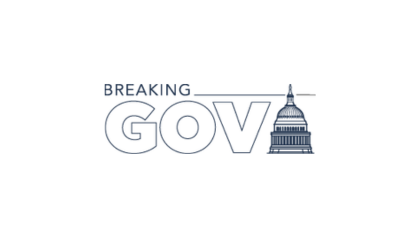 When a government senior executive once showed up for a new job, he had to ask where his office was. “There was a name tag on my door but the office had an antiquated computer and no Blackberry,” the executive said. Not exactly a propitious start.
When a government senior executive once showed up for a new job, he had to ask where his office was. “There was a name tag on my door but the office had an antiquated computer and no Blackberry,” the executive said. Not exactly a propitious start.
The Office of Personnel Management wants to put an end to that kind of inhospitable experience for new leaders from the Senior Executive Service.
Working with the Senior Executives Association and the Partnership for Public Service, OPM has created an executive onboarding program framework and published a corresponding manual, “Hit the Ground Running: Establishing a Model Executive Onboarding Program.”
The business case for executive onboarding is persuasive. In the coming years, about 70 percent of senior executives will be eligible to retire, creating the need to swiftly integrate new executive leaders into agency leadership ranks.
In addition, over the last five years, 16 percent of SES members failed to complete their initial one-year probationary period successfully. One chief reason is that their organizations don’t have a formal process to assimilate new executives into the organization, according to OPM.
In a September 30 memorandum to federal chief human capital officers, OPM Director John Berry said that adopting the new framework “will help [agencies] facilitate the successful integration of new executives.”
The manual defines executive onboarding as “the acquiring, accommodating, assimilating and accelerating of new leaders into the organizational culture and business.” The best onboarding programs “provide a fast track to meaningful, productive work and strong employee relationships.”
Under the new framework, onboarding is more than making senior executives feel comfortable in their new surroundings and minimizing the time it takes for them to become productive members of their new agency. Rather, it’s a comprehensive approach that begins before the executive arrives on the job, encompassing a pre-boarding phase that includes assigning a mentor to help immerse the executive into the agency’s culture. It also established detailed goals for the executive’s first day, first week, first month, first three months and first year on the job.
“Executive onboarding should be strategic, so that it not only prevents executive derailment but expedites the executive’s contribution to optimize strategic achievement,” Berry said.
Documented examples in the private sector show that high-performing organizations use effective onboarding and support systems to assimilate their leaders, “Hit the Ground Running” states. They don’t apply a “sink or swim” mentality to new executives.
It’s not as if federal agencies don’t have onboarding-like programs; many have implemented assimilation procedures for non-executive employees. But few have created onboarding programs geared toward senior executives.
Most agencies “treat executive onboarding as a crude extension of employee orientation or with the nonchalant expectation that the executive will ‘figure it out,'” according to OPM.
OPM noted, however, that several agencies have developed successful onboarding programs for executives, including the National Science Foundation with its New Executive Transition Program, the Treasury Department’s Office of the Comptroller of the Currency and organizations within the Navy Department.
The outboarding program is an outgrowth of a President’s Management Council cross-agency initiative to strengthen the SES corps that was launched in May 2010. A working group identified four broad goals: improving SES professional development programs; streamlining burdensome administrative processes; strengthening personnel performance management; and expanding and diversifying executive talent pipelines.
Several agencies are currently piloting the new framework and OPM will publish a report documenting lessons learned from the pilots by the end of this year, Berry said.